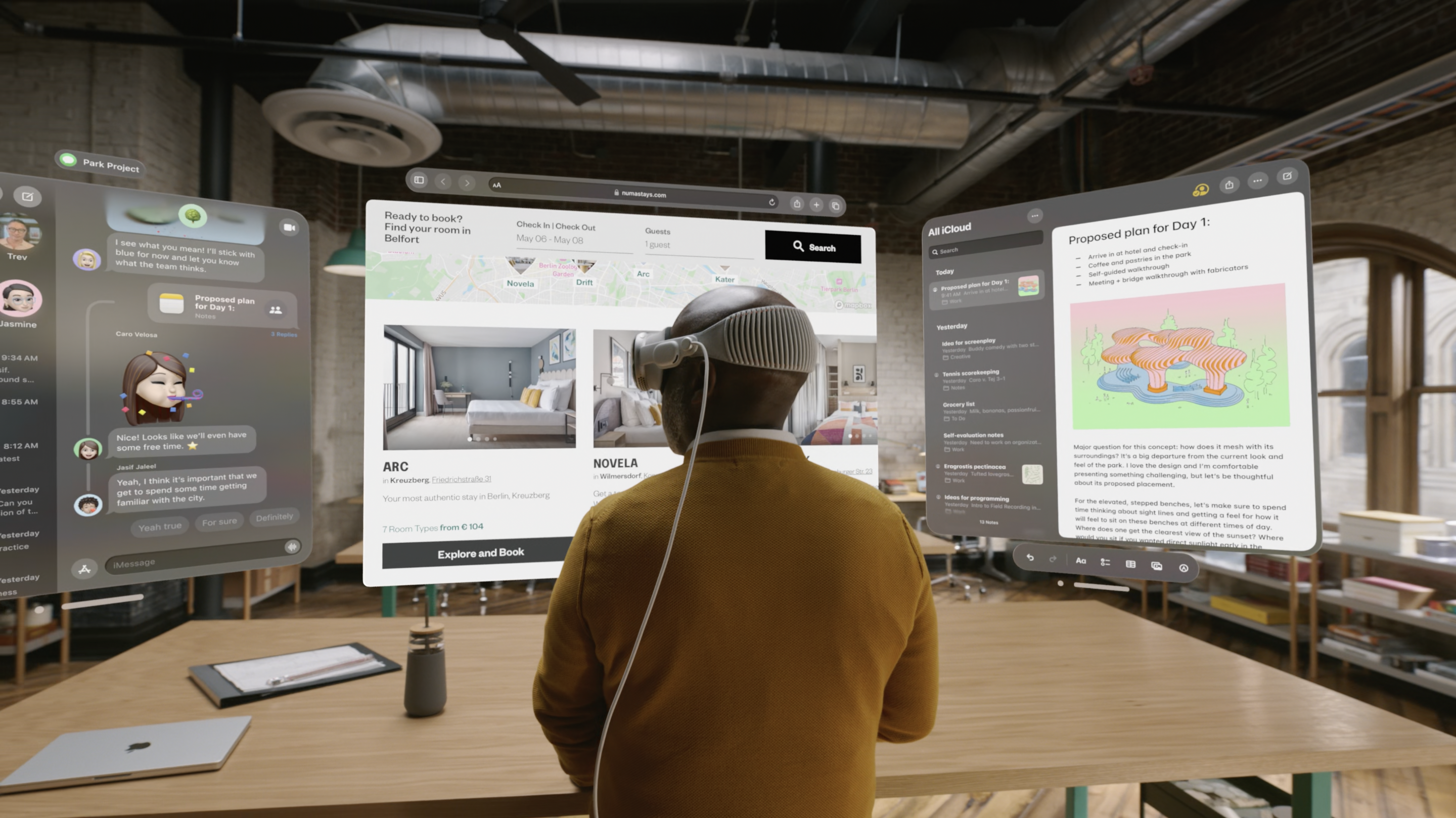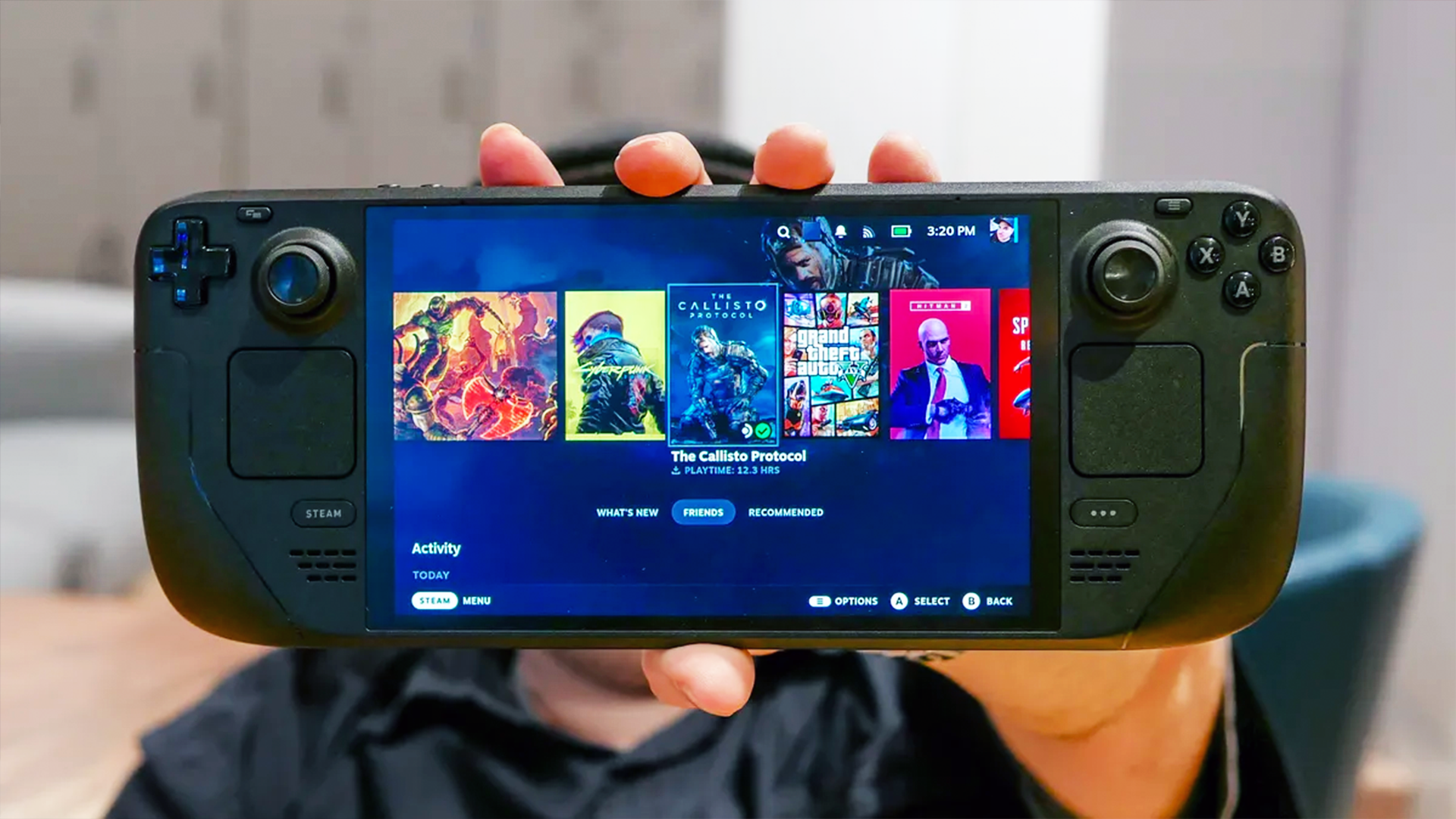Here's the one missing thing I need to know before I buy an Apple Vision Pro
Did Apple trick us with some snazzy marketing footage?
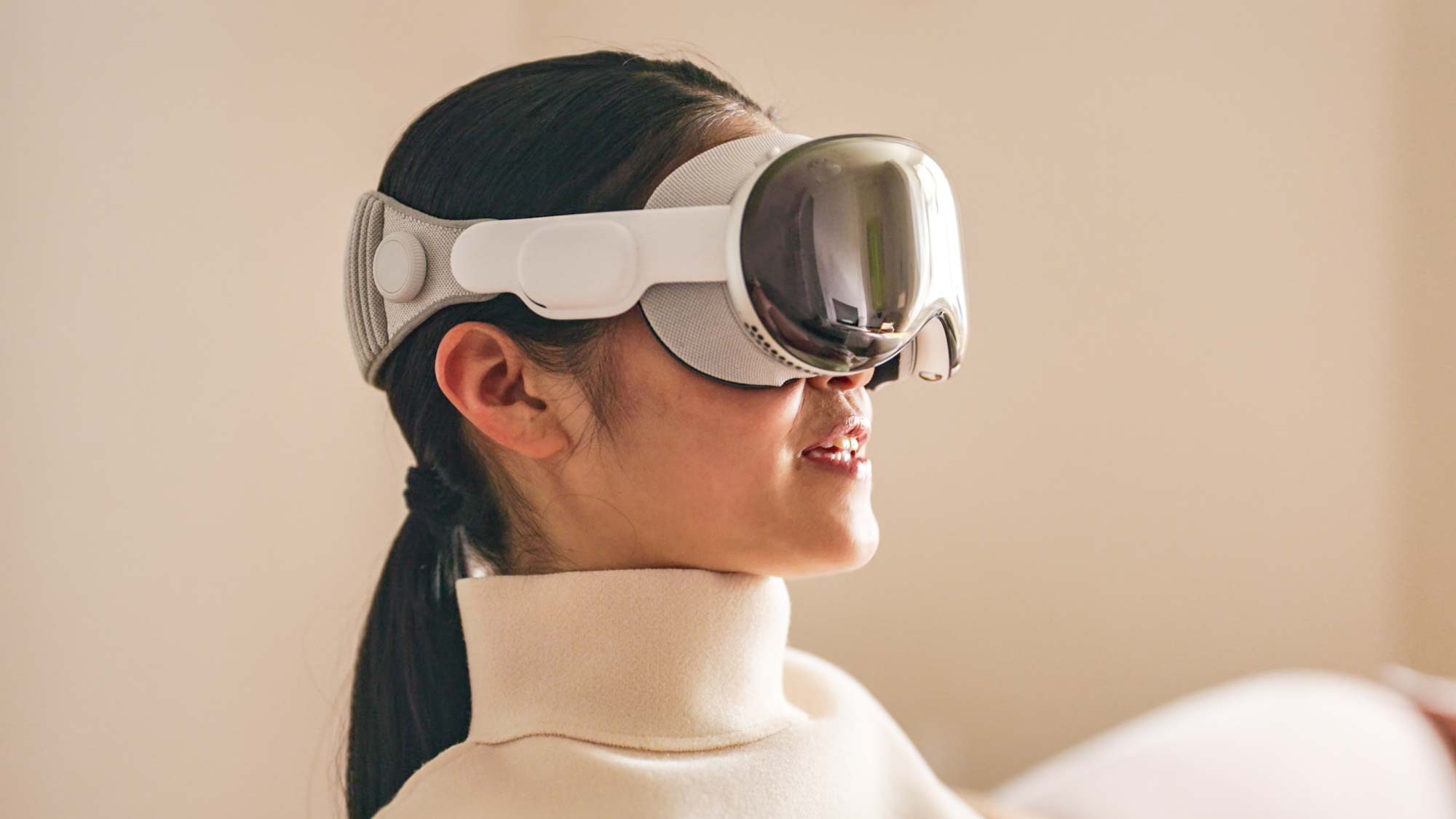
Apple unveiled its much-anticipated Vision Pro headset during its WWDC 2023 keynote yesterday (June 5), and as soon as I saw it I had the same question everyone else did: Wait, is the field of view really that impressive?!
...Sorry, I'm getting word from the main desk that wasn't the question everyone else was asking. No, after it was revealed that Apple's Vision Pro headset will cost $3,499 when it ships in early 2024 it's safe to say most viewers were wondering what, exactly, could make a nearly $4k headset worth strapping to your face.
Apple tried to show us during a roughly 30-minute sizzle reel for its new face-mounted computer. The Vision Pro is being sold to us as an AR/VR headset that makes it possible for you to interact with your (Apple) technology in ways that are more efficient and effective than what we have now, without getting in the way.
In the course of watching Apple's Vision Pro promotional footage (check our WWDC 2023 liveblog for all the details and photos), I was struck by how quick Apple is to pitch you on the promise of gaining a 360-degree virtual workspace any time you slip on a Vision Pro.
Right now, I look at the Vision Pro and I see disappointment waiting to happen.
Over and over we were treated to expertly-crafted videos showcasing how a Vision Pro owner could simply slide that $3,499 headset down over their eyes while reclining in their living room, or standing in their kitchen, and be presented with massive virtual screens floating in the air, giving the wearer exclusive access to what look like massive, nearly room-scale displays.
In short, this promise is a key part of Apple's marketing for the Vision Pro. But so far I have yet to read any details anywhere about what sort of field of view we can expect when wearing a Vision Pro, and that has me thinking that Apple may have pulled one over on us with its slick sizzle reels.
I wasn't exactly falling over myself to set up a payment plan for a new Vision Pro in 2024 to begin with, but before I even think about dropping $4k on a new Apple headset I have to know: What's the field of view?
Get instant access to breaking news, the hottest reviews, great deals and helpful tips.
Can Apple's Vision Pro really give you massive screens?
There's a lot I don't know about virtual reality, the state of the headset market, and Apple's plans for its own Vision Pro. It's quite possible that by the time you read this, the company may have clarified what's bothering me about its Vision Pro promotional footage, and you can enjoy a nice chuckle at my expense.
But right now, I look at the Vision Pro and I see disappointment waiting to happen. I see that because Apple really made it look like the Vision Pro gives you 360 degrees of uninterrupted, always-visible augmented reality, and in my experience that's just not possible.
I've been writing about VR headsets for a decade now, since before Oculus launched the Kickstarter that brought its first VR headset to market and its eventual sale to Meta (née Facebook). I've tested both early and release versions of the Rift and other VR headsets like it, but more relevant here is my experience testing the original Microsoft HoloLens and the original Magic Leap.
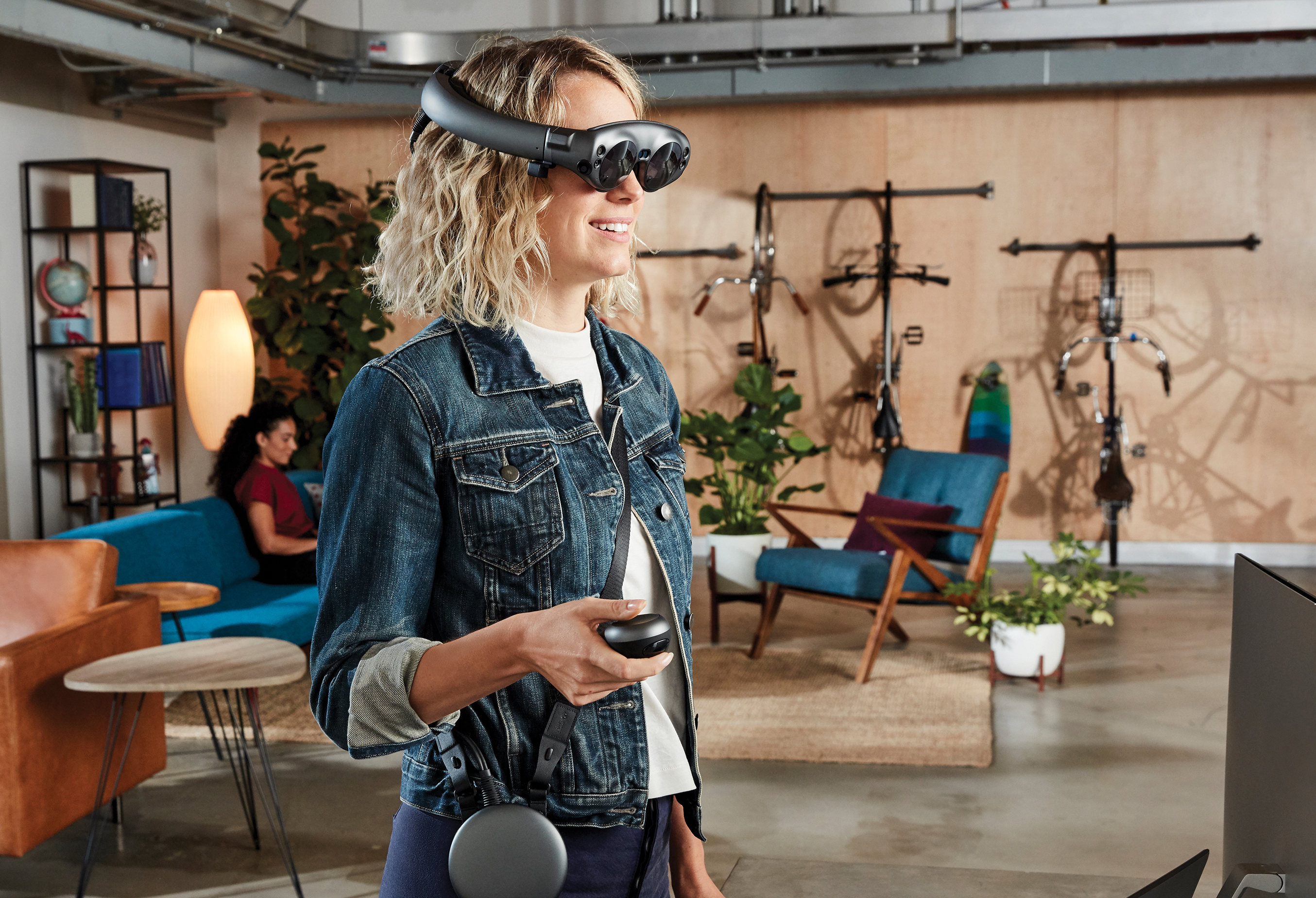
If you don't remember either, you're one of the lucky ones. Each was an AR headset that, much like Apple's Vision Pro, promised to let you access your favorite apps and files in a virtual environment that was overlaid across the real world. Both were very cool — in concept at least — and they each allowed you to do things like anchor virtual windows to a place in real 3D space.
That let you do tricks like placer a browser window with a YouTube video playing in the center of your room, then walk around it. You could resize the window too, or do lots of similar virtual sleight-of-hand with digital objects that were capable of floating or moving around you while you wore the headset.
As neat as it sounded on paper, in practice I found it a little less magical and more limited than advertised. That's because with both the HoloLens and the Magic Leap headsets I tested (years ago, admittedly), there was a very clear field of view that limited what you could see through the headset at once.
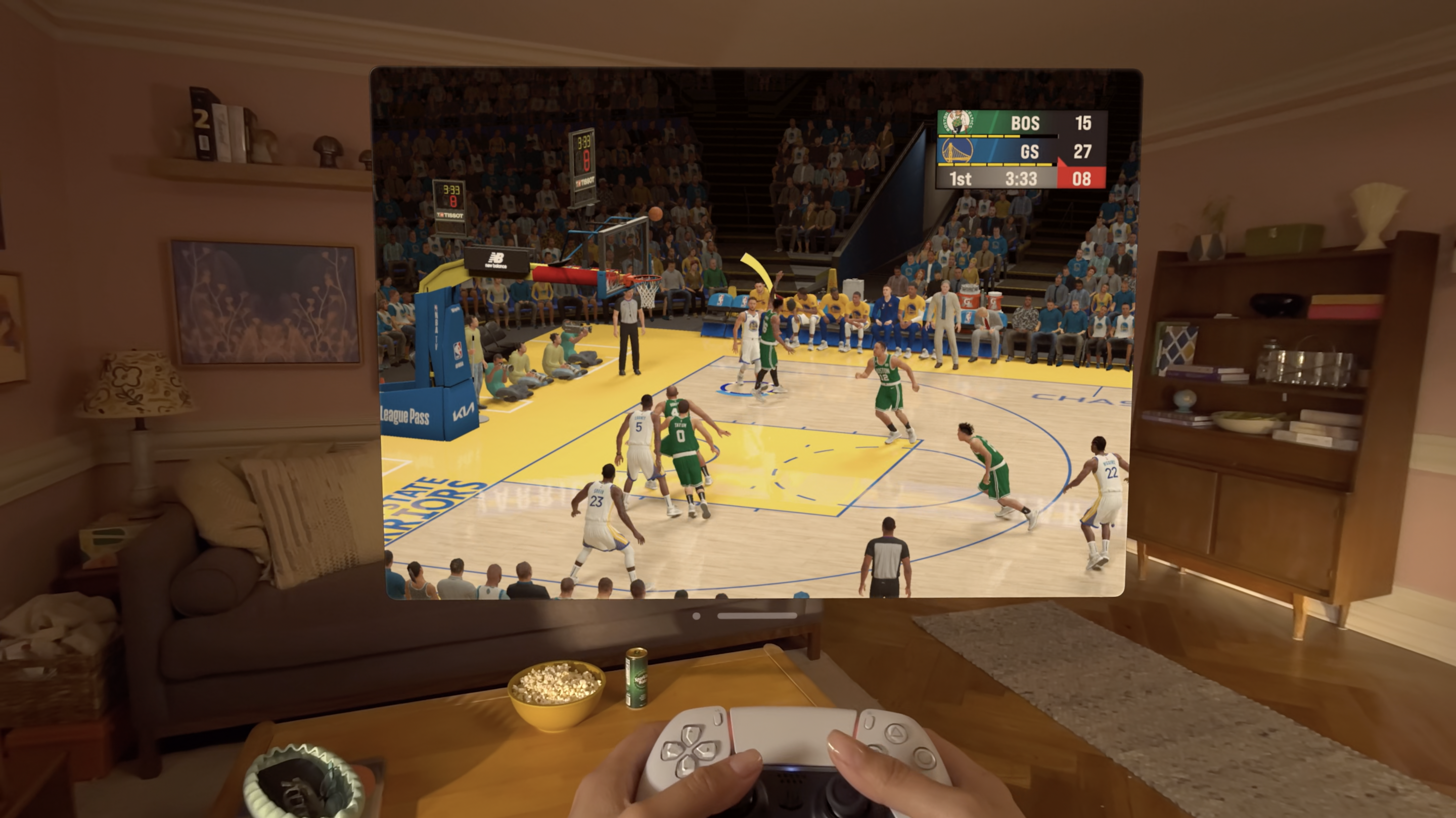
What I mean by that is, when you put the headset on, it really would work as advertised — within a specific limited area of your view.
So while you could look through the headset and see the entire real world through the lenses, the virtual objects overlaid would only be visible in a small rectangle in the center of your vision. If you placed a YouTube video playing on a virtual window that's the equivalent 16 feet wide and 10 feet tall in the middle of your living room, for example, you could look straight at it and not actually see the edges of the screen. To do so you'd have to turn your head away from the center and look up toward the edges, at which point the field of view in your headset would shift and you would "see" the virtual corner of the window, but lose a bit of the far edge.
The same effect would, in those other headsets, hinder your ability to multi-task with lots of virtual objects at once. In Apple's Vision Pro sizzle reel we see a potential Vision Pro wearer talking to multiple people at once via FaceTime, for example, with their faces arrayed around the room in virtual portrait windows floating in midair.
It's a very cool effect, but if the Vision Pro headset works like every other AR headset I've tried you won't be able to see all those people at once—unless you back far enough away from them to keep every video within your headset's field of view. And again, I'm not talking about the field of view you get when you look through the headset—I'm talking about the smaller, more limited rectangle in the center of your view which is where the headset is capable of displaying virtual objects.
This is an under-discussed effect of every AR headset I've ever tried, which is why it's so maddening to me to watch Apple pitch you on this Vision Pro headset using all this promotional footage of people slipping it on and being surrounded by a virtual wonderland full of screens, data and faces.
Even if that's your idea of a Good Time, my experience suggests the reality of using a Vision Pro won't look or feel anything like the marketing videos we were shown this week.
C'mon Apple, don't trick people buying a $3.5k headset
As I noted up top, I haven't seen a peep from Apple yet about what the Vision Pro's field of view is or whether we should expect it to be as seamless as it appears in the WWDC 2023 marketing footage.
It's quite possible someone at Apple has already addressed this distracting issue, and when we get a chance to go hands-on with a Vision Pro headset, we'll report back on what you can expect inside Apple's vision of spatial computing.
The company has evidently built a digital crown into the headset which you can use to dial between augmented reality and virtual reality. So if the headset is capable of displaying a fully three-dimensional virtual world, it may well be capable of displaying all virtual objects overlaid in the real world at once without the field-of-view limitations I'm familiar with on older headsets.
But as things stand, I'm pretty leery of trusting Apple's marketing videos for the Vision Pro. You should be too, at least until we have an opportunity to test and review one ourselves.
That likely won't happen until 2024, but stay tuned— WWDC 2023 runs all week, and Tom's Guide staffers are in attendance!
- Apple reveals Mac Studio 2023 with huge M2 Ultra chip power
- macOS 14 Sonoma: Release date, new features and more
- 11 best iOS 17 features: StandBy mode, Journal app and more

Alex Wawro is a lifelong tech and games enthusiast with more than a decade of experience covering both for outlets like Game Developer, Black Hat, and PC World magazine. A lifelong PC builder, he currently serves as a senior editor at Tom's Guide covering all things computing, from laptops and desktops to keyboards and mice.

